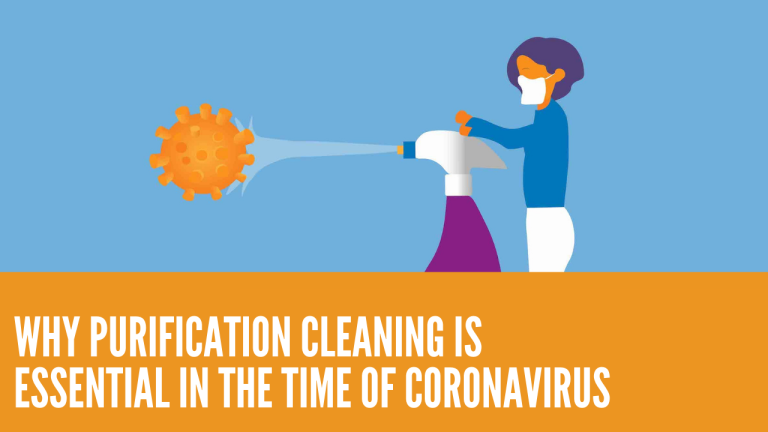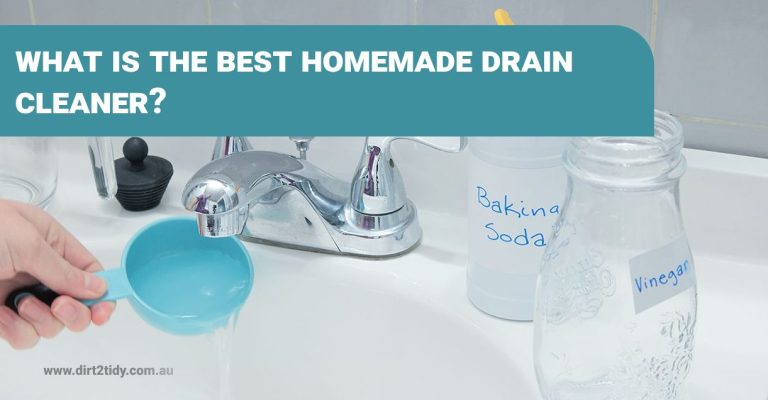Table of Contents

Introduction
Let’s be real—pests are the worst uninvited guests. From ants marching through your kitchen to termites silently destroying your home’s foundation, these tiny intruders can cause massive headaches. Professional pest control services in melbourne And while there are natural solutions, sometimes you need the big guns—chemicals that work fast, effectively, and reliably. This article breaks down the top 10 pest control chemicals every homeowner should have on their radar. Ready to become your home’s first line of defense? Let’s dive in.
[lead-form form-id=1 title=Fill to Get Free Cleaning Checklist]
Why Chemical Pest Control Still Dominates
Despite the rise of organic and eco-friendly alternatives, chemical pest control remains king for one simple reason: it works. Fast. Whether it’s killing pests on contact or creating a long-lasting barrier, these chemicals are formulated to handle serious infestations where baking soda and vinegar just won’t cut it.

Safety First – A Quick Note Before We Begin
Before you grab that spray bottle, remember: pest control chemicals are powerful. Always:
- Read the label instructions—don’t wing it.
- Wear gloves, masks, and goggles—yes, even if it feels silly.
- Keep kids and pets away during and after application.
A little caution now saves you from big regrets later.
1. Permethrin
What It Is
A synthetic chemical derived from natural pyrethrins.
How It Works
It attacks the nervous system of pests, paralyzing and killing them quickly.
Best Uses Around the Home
- Ants
- Mosquitoes
- Moths
- Ticks (even in clothing)
It’s also safe to use on dog beds and camping gear when applied correctly.
📞 Call Now: 1300 789 178
🌐 Book Online: dirt2tidy.com.au/quote-now
2. Cypermethrin
Powerful Yet Common
Commonly found in household sprays and outdoor barrier products.
Indoor and Outdoor Use Cases
Perfect for:
- Roaches
- Spiders
- Fleas
Its residual power lasts for weeks after one application.
3. Bifenthrin
A Lawn’s Best Friend
An excellent chemical for turf and lawn treatments.
Long-Lasting Residual Effect
It not only kills pests on contact but also creates a barrier that prevents new ones from entering.
Targets:
- Fire ants
- Grubs
- Lawn beetles
📞 Call Now: 1300 789 178
🌐 Book Online: dirt2tidy.com.au/quote-now
4. Fipronil
Used by the Pros
This one’s in the arsenal of professional exterminators.
Great for Ants and Roaches
It works through ingestion and can wipe out entire colonies. You’ll find it in bait gels and spot treatments.
5. Imidacloprid
A Systemic Wonder for Plants
Once absorbed by the plant, it kills insects that feed on its sap.
Use in Soil and Lawns
Ideal for:
- Aphids
- Whiteflies
- Leafhoppers
Especially useful for garden lovers looking to protect their crops.

6. Boric Acid
A Natural but Powerful Option
Old school but gold. It dehydrates and disrupts insect digestion.
Safe for Indoors with Precaution
Sprinkle in:
- Cabinets
- Behind appliances
- Baseboards
Effective against ants and cockroaches when kept dry.
7. Hydramethylnon
Silent But Deadly to Pests
Slow-acting poison perfect for bait traps.
Works Through Ingestion
The delayed kill gives pests time to bring it back to their nest—leading to colony elimination.
8. Deltamethrin
Widely Used in Sprays and Dusts
Effective for a wide range of insects.
Pet-Friendly with Caution
Safe for use around animals when dried, but never apply directly on them.
Great for:
- Fleas
- Bed bugs
- Ticks
📞 Call Now: 1300 789 178
🌐 Book Online: dirt2tidy.com.au/quote-now
9. Abamectin
Mostly for Professionals
Derived from soil bacteria and used in many commercial pest control products.
Great for Bait Formulations
Targets:
- Fire ants
- Cockroaches
- Leaf miners
A little goes a long way, making it highly potent.
10. Pyrethrin
Derived from Chrysanthemums
A natural insecticide with fast knockdown power.
Best for Organic Pest Control Fans
Commonly used in:
- Aerosol sprays
- Foggers
- Garden treatments
Just don’t overuse it—it breaks down quickly in sunlight.
Tips for Using Pest Control Chemicals at Home
- Don’t overspray—more is not better.
- Rotate chemicals to prevent resistance.
- Apply during early mornings or late evenings when pests are most active.
Alternatives to Chemical Pest Control
Still not sure about going chemical? You can try:
- Diatomaceous earth (kills by dehydration)
- Essential oil sprays (peppermint, tea tree)
- Sticky traps and pheromone lures
While not as strong, they work well for prevention or light infestations.
When to Call a Professional
If you see:
- Persistent pest activity after multiple treatments
- Large nests (like hornets or termites)
- Unusual droppings or damage
…it’s time to call in the experts. They have access to commercial-grade chemicals and know how to use them safely.
📞 Call Now: 1300 789 178
🌐 Book Online: dirt2tidy.com.au/quote-now
Conclusion
There’s no one-size-fits-all when it comes to Professional pest control, but knowing your chemical options puts you ahead of the game. From the lawn-loving Bifenthrin to indoor-safe Boric Acid, each of these top 10 pest control chemicals has a unique strength. Use them wisely, follow the safety tips, and remember—sometimes the best pest control is prevention.
FAQs
1. Are these chemicals safe for pets?
Most are safe after they dry. Always check the label and keep pets away during application.
2. Can I mix different pest control chemicals?
Not recommended. Mixing can create dangerous reactions or reduce effectiveness.
3. How often should I apply chemical pest control?
It depends on the product. Most recommend every 30–90 days for outdoor treatments.
4. What’s the safest chemical for indoor use?
Boric acid and pyrethrin are among the safest when used properly.
5. Do pests become resistant to chemicals?
Yes, especially with overuse. Rotate chemicals every few months to avoid resistance.





